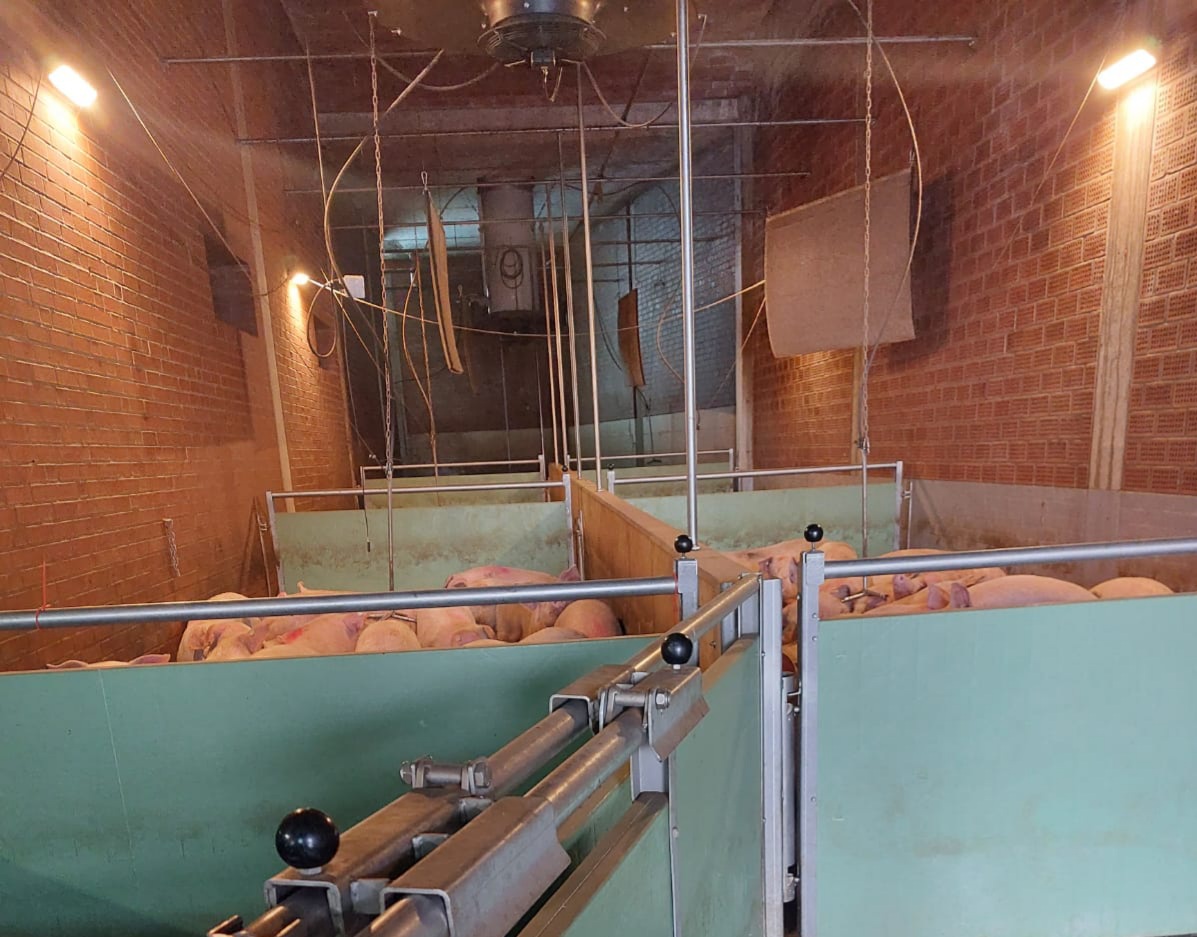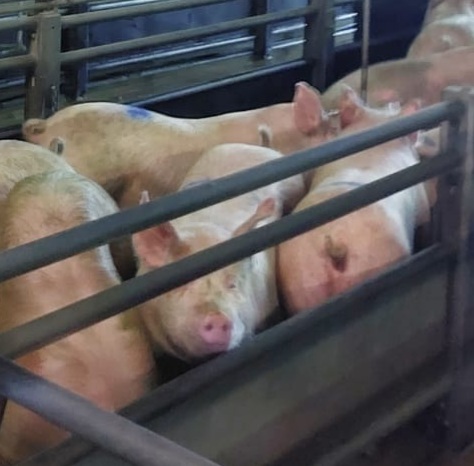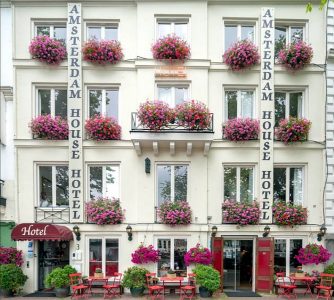Today, Eyes on Animals together with Dr. Kees Scheepens was asked by Brand pig slaughterhouse to visit their slaughterhouse to evaluate conditions inside and see if we had any new ideas for what they could do to decrease any unnecessary suffering or stress.
Brand slaughterhouse uses CO2 to stun pigs, which remains a welfare problem as inhaling CO2 causes a sensation of suffocation and irritates the mucous membranes. Brand slaughterhouse knows this, and admits that both electric and CO2 stunning have disadvantages and as a result either choice is always a compromise. Automatic electric stunning also has its risks, especially when pigs are not correctly stunned or when the pig enters the “stunning tunnel” in the wrong direction. Brand remains open for all new developments on pig stunning, and when a more humane method is available (a different gas or gas mixture or an improved automatic electric stunning system) they are certainly ready to re-discuss this point and consider changing. What made this pig slaughterhouse however much better than others with the same CO2 system is that the speed and volume was much lower – they slaughter 320 pigs an hour as opposed to many other pig slaughterhouses which slaughter 600 per hour in the same system. They also only place 4 pigs in the CO2 gondola cage at a time, instead of 5, giving them more space. Crowding pigs is never a good idea as it causes panic. Some slaughterhouse crowd pigs in the gondola cage in order to slaughter the maximum number of pigs per hour so much that the animals panic even before they are lowered into the CO2.
Because of this relatively low volume, the pigs are also not rushed through the raceway and the automatic moving doors do not cause much fear or push them over. Everything went in a similar slow pace so a pig can explore first his or her environment before walking forward. The noise level, likely also due to the time given to the animals and thus the ambiance remaining calm, was also relatively low. It also helped that there was a thick solid wall between the lairage and the raceway, stopping any cross-over noise. The workers used rattling paddles, but most often just when walking behind the pigs at a slow pace. One man was using the paddle to bang on the side gates creating unnecessary loud abrupt noise and we recommended that he stop.
Brand has also kept a part of their lairage to test out new ideas that may help reduce stress, such as different lighting schemes (green, blue, red) and different gate material to reduce sound and ease use (such as green plastic instead of metal). The lighting scheme along the raceway was such that the pigs were drawn to walk in the right direction by extra lighting, so that the sharp corner was not such a problem. The pigs did not bottle neck here. Likely also because they were moved in small groups slowly, and never rushed through in large groups. The pigs are kept in the CO2 for at least 150 seconds to assure that there is no risk of an animal not being rendered fully unconscious. When the pigs are bled out there is an innovative Smart Camera system to automatically set off an alarm if any pig is identified as not being in a deep unconscious state. This happens so rarely that only a smart camera can be used, as a human in this position would surely lose focus or concentration.
The attitude of the owners was refreshing – transparent, open and serious about animal-welfare. We also appreciate that Brand is supporting many pig-farm concepts that place welfare higher or much higher than the norm and helping pioneer pig farmers who want to switch to less intensive systems.



